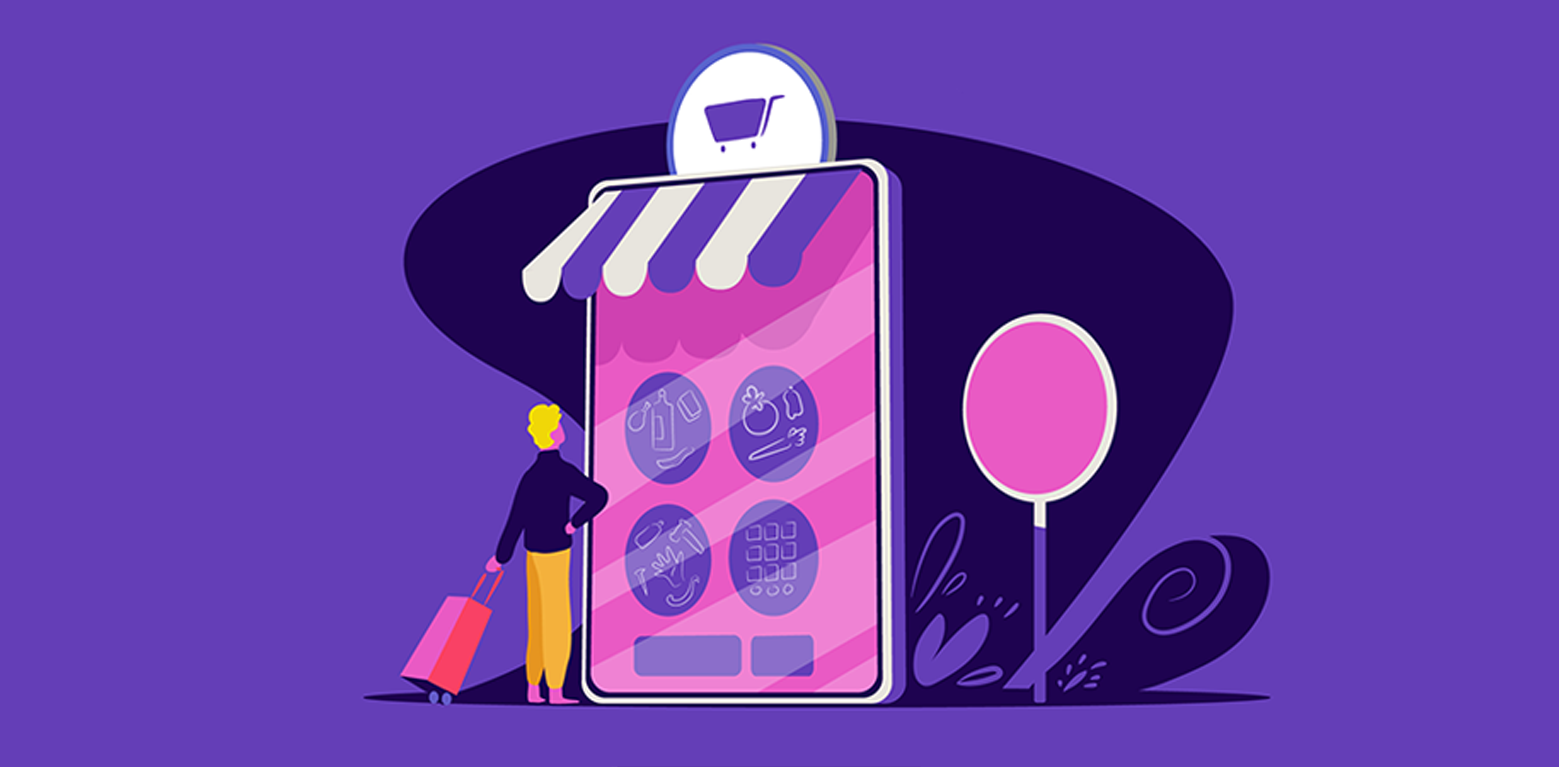Guest post by Lauren Adley
A lot of things can make you good at UX design. However, if you want to be great in it, you need to combine just the right set of tricks and strategies to target users and make them happy. Since user experience is a very wide discipline, it naturally demands a variety of skills on various subjects and fields. That being said, you have one of two choices – learn the best tricks you can use or spend all of your time trying to excel in every possible field.
Succeeding in the UX design world is based on creativity and versatility, which makes the first the obvious choice. As a UX designer, you need to know the core of the industry. In this article, you’ll learn about the most important facts that you should know as a UX designer.
UX is Not All about UI
Many people mix the terms, but UX designers make an even bigger mistake – they treat them as if they are the same despite knowing the difference. If you want to excel in this, you need to understand – UX is the big picture and UI is just the part that leads to it. As Dmitri Smith, a custom coursework writing design expert says: ‘’ UI happens when products and humans interact. UX is the outcome of that interaction.’’
Users Are All about the Visible
Most of the users who visit a website you’re working on won’t spend much time on it. This isn’t because your website is bad – it’s mostly because they don’t have the luxury to spend a lot of time on each site. So, when you’re creating UX experience for them, you need to remember – they’ll see the things that are most easily visible.
‘’When it comes to website optimization, you need to focus on user experience. In terms of content, this means that you should focus on the headlines and the things that stand out first, and leave the rest for last. After all, these are the only things most visitors look on a website – the things in plain sight.’’ – explains Joey Terrence, a content expert at assignmentgeek.com.au.
Users Don’t Stay Long
This is pretty much the same as the previous fact, but with one big difference – the focus. Users won’t just look at the most visible things. They’ll also lose focus after a little bit, so you must also limit the most visible and choose the points that you wish to highlight.
If you overwhelm them with your content and other features, they’ll lose focus easily and might miss out on the most important things. The attention span of people is very limited.
UX Isn’t All about the Website Design
It most definitely isn’t all about it. UX design is influenced by many things like branding, customer service, content quality, easy to locate the site, navigation, etc.
No One Will Contact You to Tell You about a Bug
When something happens on your website when a user is looking at it, the odds of him sending you a message telling you about it are slim to none. As we said, people spend little time on a website, which is why you can’t expect them to tell you about problems. Instead, they’ll bounce off and increase your bounce rate.
Thankfully, you can track the bounce rate and work to improve the website.
Users Won’t Experiment
You can’t really expect from users to scour the website and use it as you planned for it. Each and every one of your visitors will look at the site differently and they’ll probably use it differently. Yes, you can see how the majority of users use your site, what they open and how long they stay on the best pages. But, you’ll find that some of these users won’t follow the popular path. People are different and you must accept this.
Many of them will ask you for help, while others won’t bother to do it. For the latter, you should make the system as simple as possible if you want to avoid high bounce rates.
Users Won’t React Well to Versatility
You can’t go overboard with a single website and use everything you’ve learned on it. People love familiar things and patterns. If you make your website too diverse, you’ll push them aside.
“Since most of them lack the luxury of time, simpler is always better. You might want to choose the safe road and combine standard patterns and simpler design features.” – explains Nicole Jackson, a design expert.
People Don’t Like Too Simple
All these facts push you to make a simple website, but don’t forget – users have access to millions of sites on the same search engine they used to get to yours. This means that if you make it too simple, they’ll move on to something more interesting.
The goal is to achieve simplicity, but not at the cost of the user experience.
Speed is the Most Important Thing
Some will argue that content or design features are the most important, but the truth is, once you get people to your site, speed is what matters most. Why? Because most people won’t even get to see your photos and read your content if your website doesn’t load quickly. According to research, they wait for around three seconds before they give up and move on to another website.
Users Won’t Read All of Your Content
Unless you are really, really short with your content, you can’t expect everyone to read it. Still, if your content is of high quality, you might get the real attention of a few, which is more than great. However, the idea isn’t to overwhelm with information. Website content should be concise, clear, and enriched with a smooth balance of multimedia and design. A site that’s too content-heavy won’t attract many users.
If you want to be a successful UX designer, you need to learn these facts. Once you understand the patterns and needs of the users, you can create a better experience for you audience.
About the Author: Lauren Adley is a writer and editor at Edu Birdie, Essay On Time and Academized Reviews. She is dedicated to her family, work and friends. She is keen on reading, playing the guitar and traveling. She is interested in educational, marketing and blogging issues. Feel free to connect with her on Twitter.





